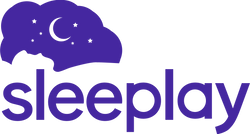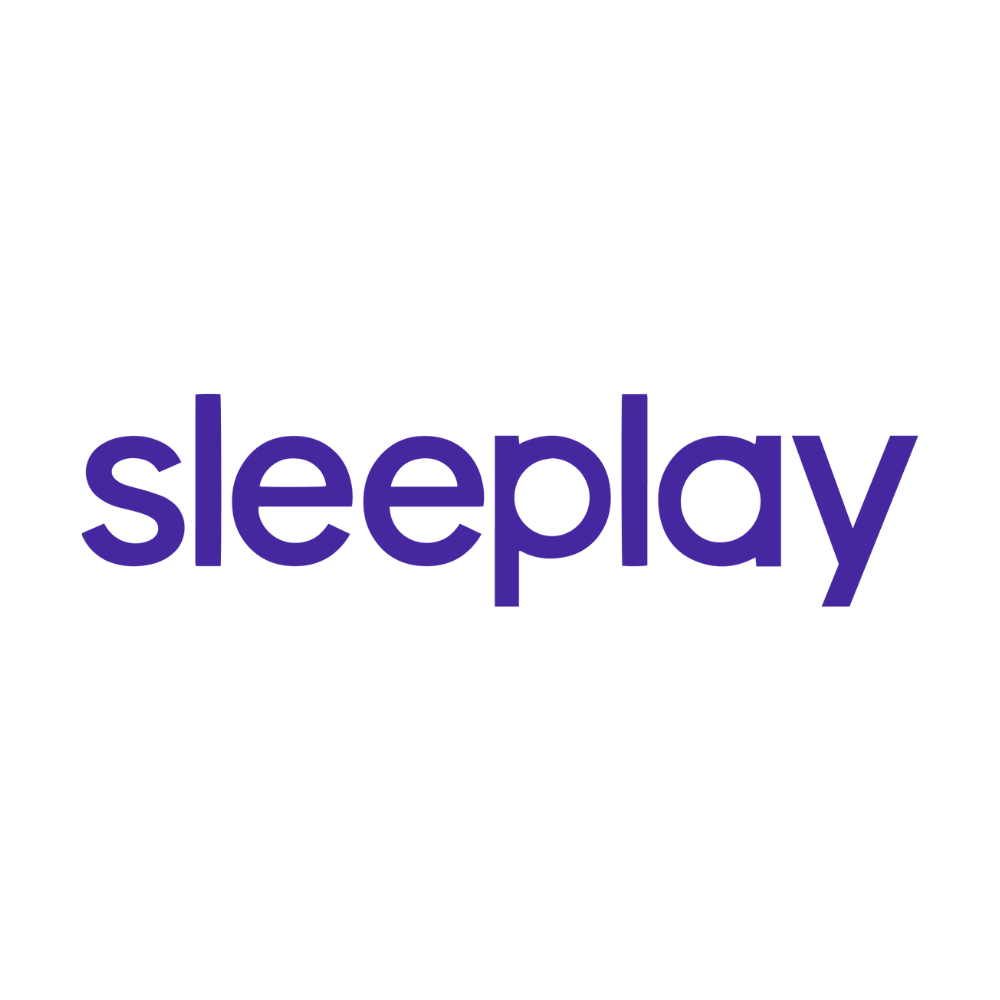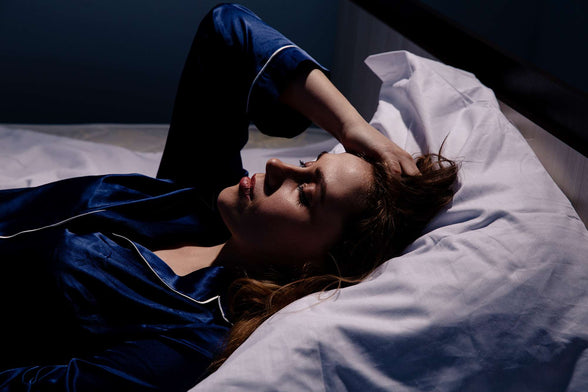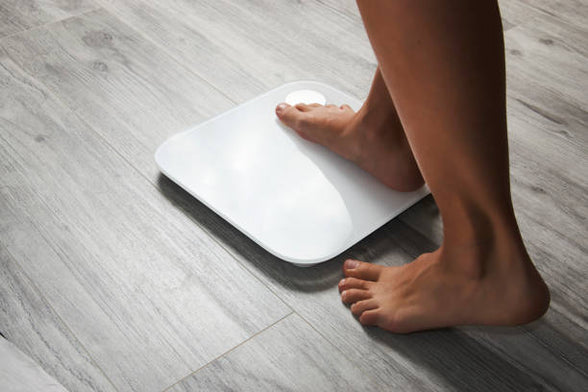Interesting Undiagnosed Sleep Apnea Statistics in 2020
The quality of your sleep on a nightly basis is one of the most influential health items for your cardiovascular and metabolic health. Undiagnosed sleep apnea statistics in 2020 are directly tied to an increase in medical and mental health issues and should not be ignored.
Sleep apnea occurs when your airway relaxes during sleep and cuts off the flow of air to your lungs meaning you stop breathing. This can happen frequently throughout the night until your body forcefully wakes up and starts the breathing process again. This disruption in sleep can cause tremendous changes to your health and should not be ignored.
Because the most prevalent symptom of sleep apnea occurs while you are sleeping, this illness goes undiagnosed for many people. It would be easy to assume if you aren’t aware you are having symptoms then you have nothing to worry about. That is not the case! Here are many undiagnosed sleep apnea statistics that you might not even be aware of.
Signs of Undiagnosed Sleep Apnea
According to the American Sleep Apnea Association, there are approximately 22 million Americans who have sleep apnea. Undiagnosed moderate-level sleep apnea and severe obstructive sleep apnea (OSA) are estimated to represent 80 percent of those who have this sleep disorder.
That means over 17 million people are suffering from undiagnosed sleep apnea in 2020.
Some of the most common symptoms of undiagnosed sleep apnea are:
- Occasionally waking up with a feeling of choking or like you cannot breathe.
- Waking up frequently throughout the night.
- Gasping for air while sleeping.
- Loud snoring.
- Morning headache.
- Constant sore throat in the morning.
- Daytime Sleepiness: 6% of men report this and 4% of women.
- Forgetfulness and unexplained mood changes
- Sleep Deprivation
Associated Health Problems
Because obstructive sleep apnea causes pausing in breathing and oxygen levels to drop there are many health conditions that can develop or become worse with undiagnosed sleep apnea. The cardiovascular system is particularly strained with heart attacks and strokes being at an increased risk with sleep apnea patients. If diagnosed with COVID-19 as well as OSA you have a higher risk of heart attack or cardiovascular disease.
Plaque can build up in the arteries because of oxygen issues and this can damage the pancreas which leads to type 2 diabetes. It is essential for individuals who suspect they have sleep apnea to discuss this with their healthcare provider and get the proper equipment to minimize their risks.
Obstructive sleep apnea (OSA) is the most severe form of sleep apnea as reported by the Journal of Thoracic Disease. In an epidemiology review, the Journal reported that obstructive sleep apnea is more prevalent in men than women by a ratio of 2 to 1.
Obesity was noted as the biggest risk factor for obstructive sleep apnea with 58% of severe cases having a body mass index greater than 25.

Image Credit: SomnoMed
Although these illnesses can be present with or without sleep apnea, it is important to be aware that each of these associated medical problems can be related to sleep apnea:
- Heart failure – Increased risk of 140%
- Coronary heart disease – Increased risk of 30%
- Hypertension (high blood pressure)
- Type 2 diabetes – Over 80% are thought to have unrecognized sleep apnea.
- Stroke – Increased risk of 60%
- Glaucoma – due to a decrease in oxygen
- Pregnancy complications such as preeclampsia and gestational diabetes
- Asthma
- Liver damage
Undiagnosed sleep apnea statistics show that an estimated 38,000 people die yearly from a direct complication of their sleep apnea. The primary cause of death is heart disease, which is severely impacted by someone not having treatment for their sleep apnea.
Associated Mental Health Complications

Undiagnosed sleep apnea is something you might not even know to ask about when visiting with your doctor or mental health care provider. There are a variety of cognitive and mental health problems that are more prevalent in people who have sleep apnea though. If you are feeling any of these mental health complications you need to share them with your physician and discuss them as part of your overall care:
- Irritability
- Anxiety – 16% reported
- Attention problems
- Concentration issues
- Changes in memory
- Daytime fatigue
- A decrease in sex drive
- Depression – 21% reported.
- Poor work performance
Other Complications
Besides medical and mental health complications there are other dangers associated with living with undiagnosed sleep apnea. Because undiagnosed sleep apnea causes the affected person to have increased fatigue this increases the incidence of workplace and automobile accidents. There have even been several train crashes that were traced back to engineers falling asleep due to their undiagnosed sleep apnea.

Image Credit: Sleep Apnea Matters
Anyone operating machinery or vehicles with undiagnosed or untreated sleep apnea is a danger to themselves and the community. Truck drivers who often drive very monotonous trips post a high risk with the size of the vehicles they are operating.
The American Academy of Sleep Medicine reports that the incidence of car accidents was reduced by 70 percent when people who suffered from sleep apnea used a CPAP machine. This study proves that treatment for sleep apnea can reduce the risk to drivers and others by using the CPAP machine for at least 4 hours every evening.
Treatment Options
There are a wide variety of treatment options available for people suffering from sleep apnea. Lifestyle changes such as weight loss and certain devices are the least expensive options and typically the first line of treatment. Some treatments are easily available online and others will require a sleep study and doctor prescription before being able to purchase.
Life expectancy can be significantly changed by using a continuous positive airway pressure mask (CPAP). The mask is associated with a 62% decline in death. This increase in life expectancy held strong even when patients had other risk factors such as heart disease, obesity, diabetes, and high blood pressure.
The three most commonly used devices for sleep apnea are:
- Continuous positive airway pressure (CPAP) device – This device delivers airflow pressure via a mask during sleep to ensure your airway remains open.
- Bilevel positive airway pressure (BPAP) device – Similar to the CPAP but pushes more airflow pressure during the inhale process and less while exhaling.
- Oral appliances – A variety of styles are available to help open your throat and bring the jaw forward to decrease snoring and sleep apnea
People who use a CPAP machine on a regular basis note quality of life improvements. The percentage of improvement after just 3 months of treatment is life-changing for patients:
- Daily functioning factors – 24%
- Social factors – 31%
- Emotional functioning – 28%
- Recognized symptoms – 29%
- SAQLI – Calgary Sleep Apnea Quality of Life Index - 27%
Other treatment options are available for more serious cases of sleep apnea. A patient who continues to struggle with health issues related to their sleep apnea may have tissue removed or even repositioning of their jaw. These types of surgeries are always considered as a last resort after devices have been tried.
Undiagnosed sleep apnea is a serious condition. It is important to discuss your concerns with your doctor if you feel any of the symptoms are occurring for you. There are many opportunities to treat sleep apnea which can help increase your health but you need a diagnosis to get started.
There is no reason to suffer from undiagnosed sleep apnea any longer. See your doctor today and get started with the treatment that is right for you. If you need help selecting supplies, Sleeplay has you covered. Browse our wide selection of products and start your journey towards better sleep today!
To Summarize
- According to the American Sleep Apnea Association, there are approximately 22 million people in the United States who have sleep apnea, and 80% of this group have undiagnosed moderate-level sleep apnea or severe obstructive sleep apnea.
- Obesity was noted as the biggest risk factor for obstructive sleep apnea with 58% of severe cases having a body mass index greater than 25. In an epidemiology review, the Journal reported that obstructive sleep apnea is more prevalent in men than women by a ratio of 2 to 1.
- Undiagnosed sleep apnea statistics show that an estimated 38,000 people die yearly from a direct complication of their sleep apnea. The primary cause of death is heart disease, which is severely impacted by someone not having treatment for their sleep apnea.
- Life expectancy can be significantly changed by using a continuous positive airway pressure mask (CPAP), which is associated with a 62% decline in death.
- People who use a CPAP machine on a regular basis note quality of life improvements. The percentage of improvement after just 3 months of treatment is life-changing for patients:
-
- Daily functioning factors – 24%
- Social factors – 31%
- Emotional functioning – 28%
- Recognized symptoms – 29%
- SAQLI – Calgary Sleep Apnea Quality of Life Index - 27%
Join the conversation!, login and comment.

Get your guide to understanding sleep apnea, adjusting to CPAP machines, and choosing the right masks for your needs.








